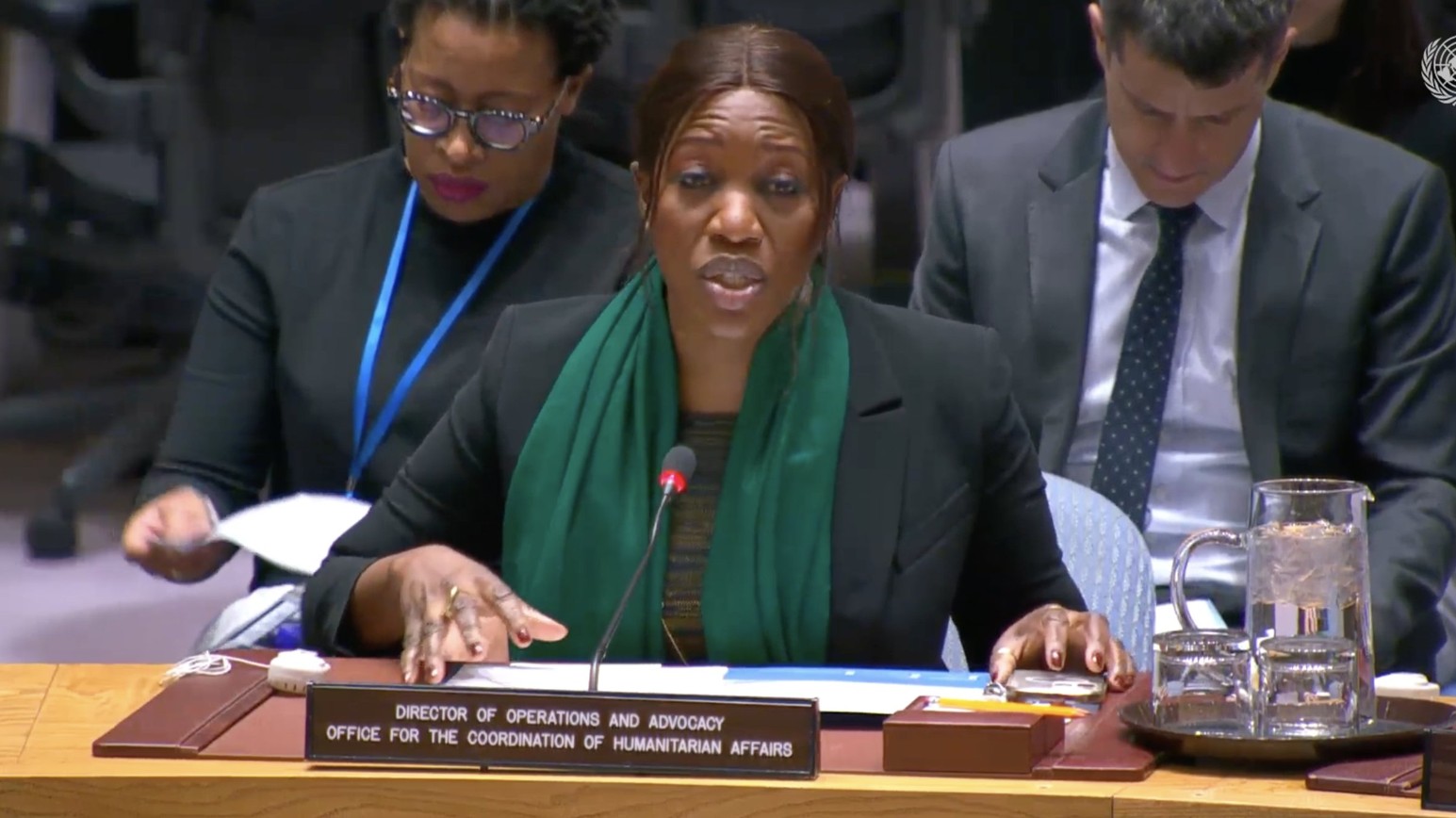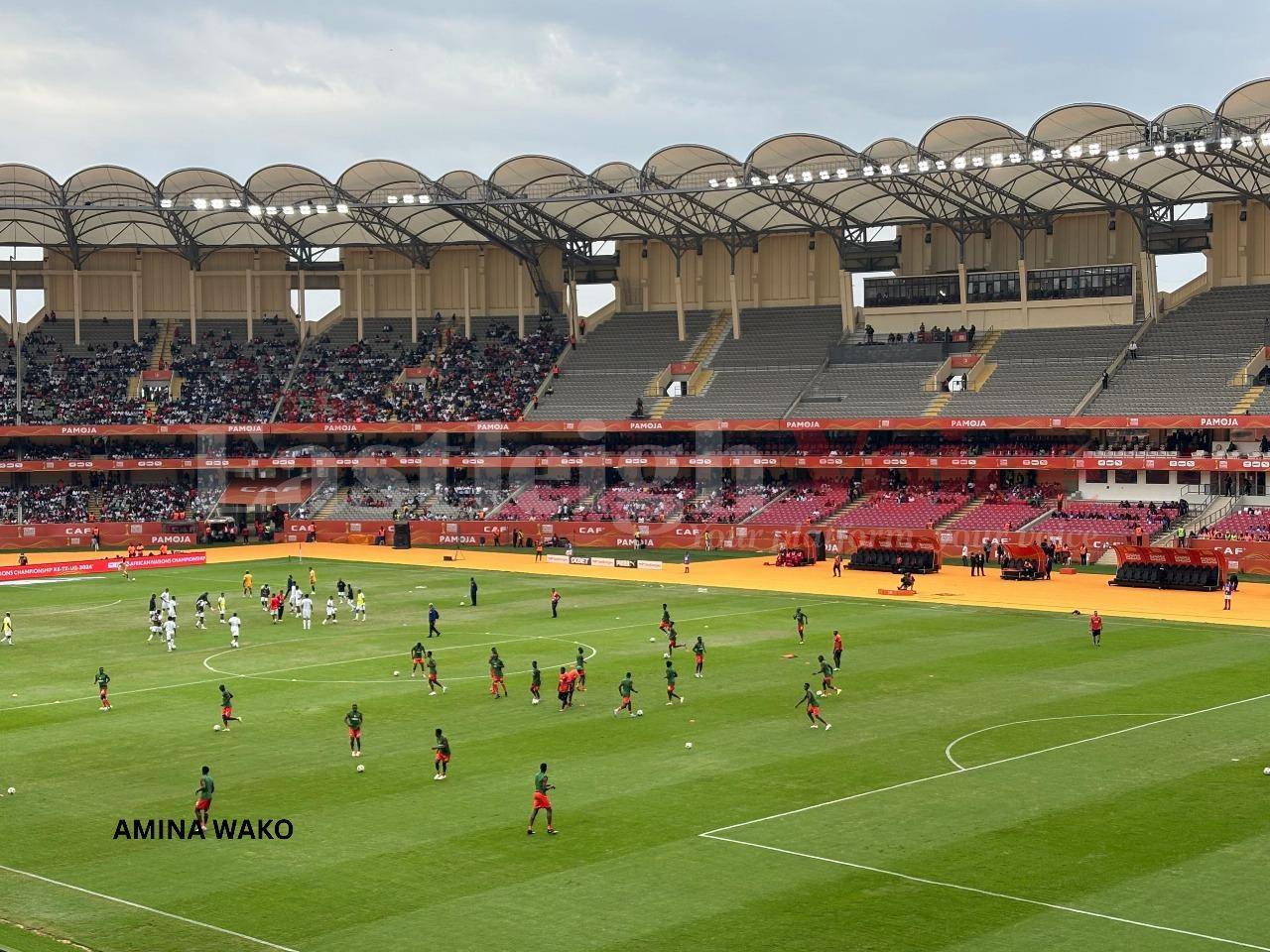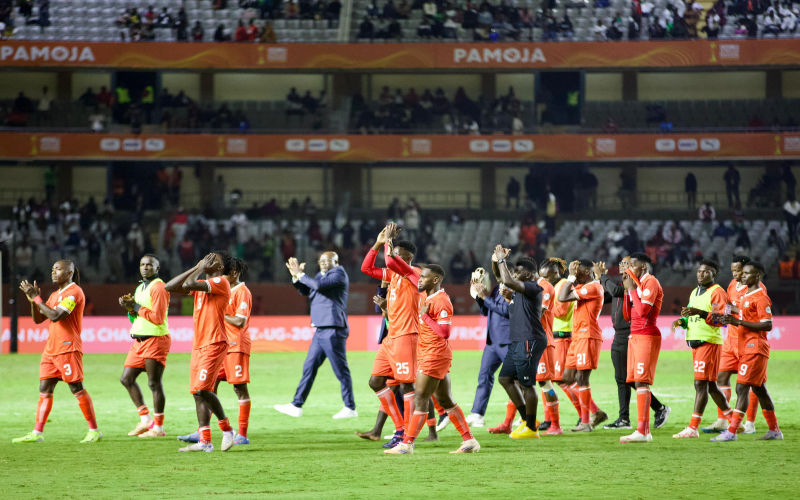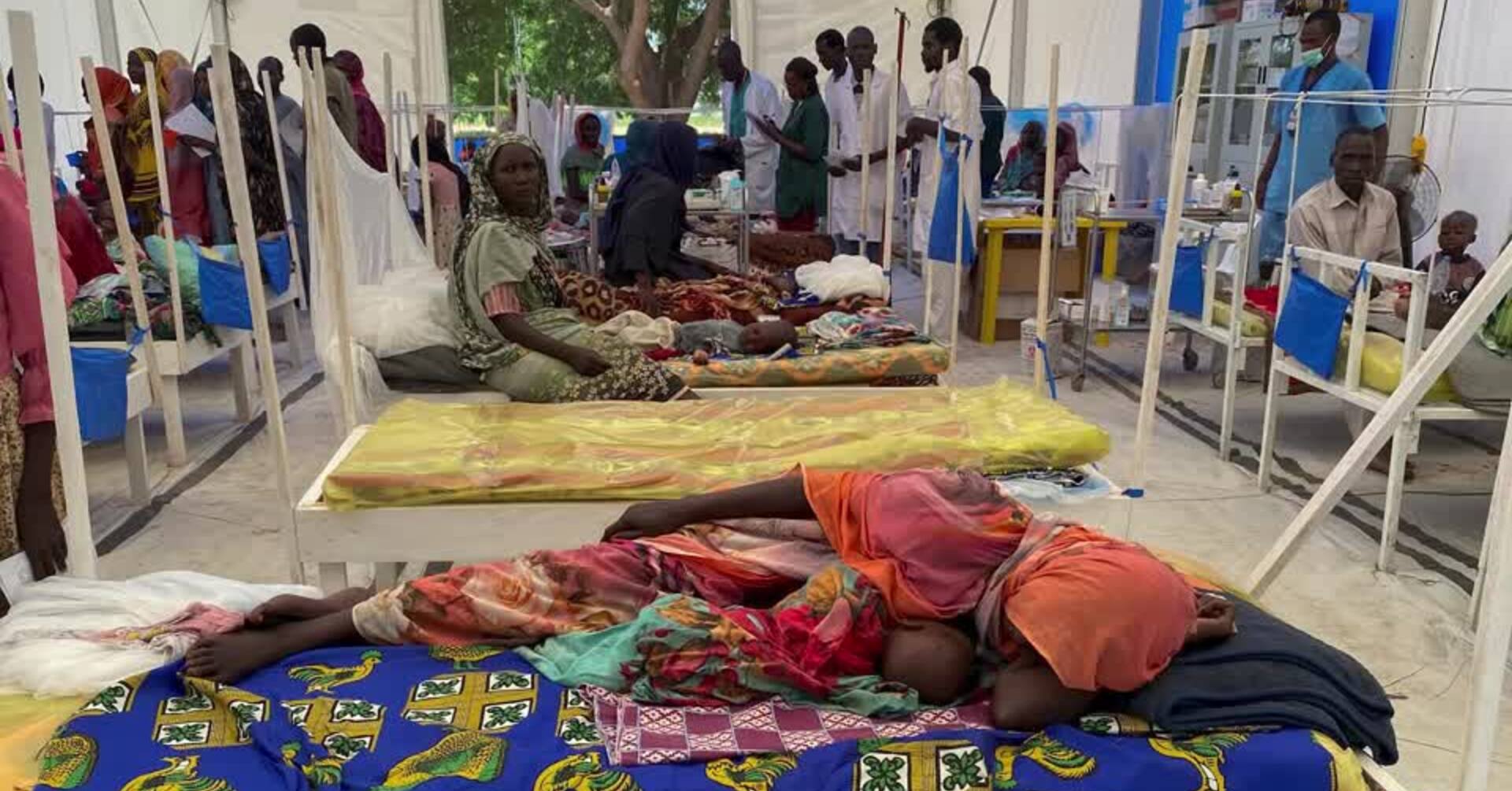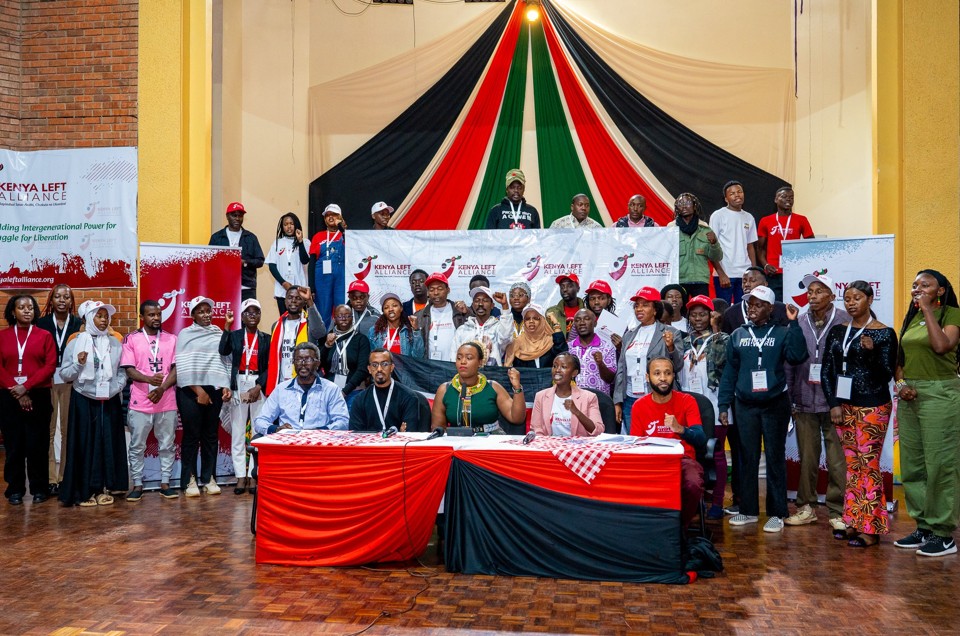CAF outlines CHAN 2024 tie-break rules
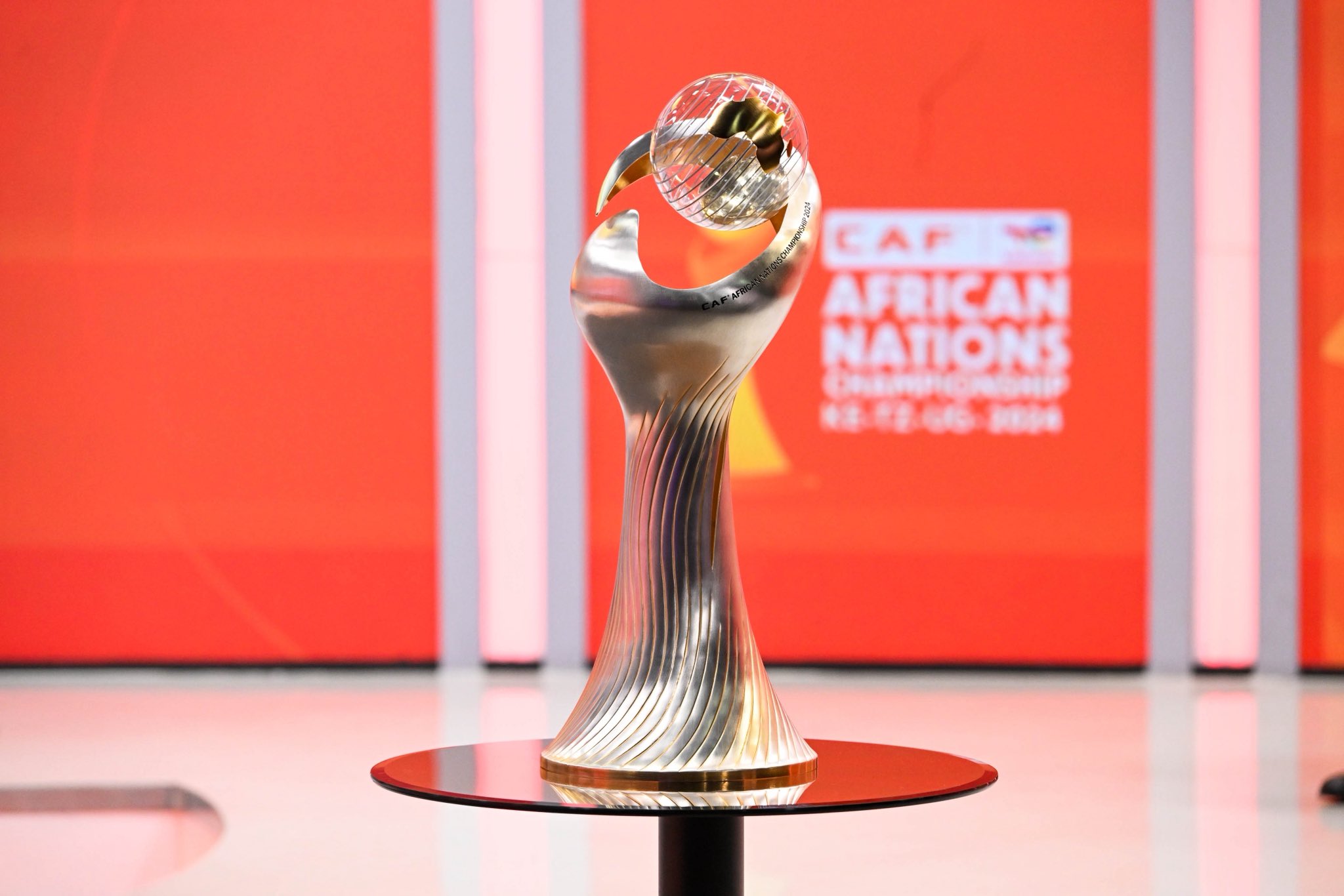
The tournament, featuring 19 teams made up entirely of home-based players, is divided into four groups, Groups A, B, and C each comprise five teams, while Group D consists of four.
With just hours to go before the kickoff of the first CHAN 2024 match at Benjamin Mkapa Stadium where hosts Tanzania will face Burkina Faso at 8pm EAT, CAF has released the official criteria for ranking teams in the event of a tie at the end of the group stage.
The tournament, featuring 19 teams made up entirely of home-based players, is divided into four groups, Groups A, B, and C each comprise five teams, while Group D consists of four.
More To Read
- Coach Rakotondrabe reveals how Madagascar outfoxed Harambee Stars
- Kenyans hail Harambee Stars for unity, resilience despite loss to Madagascar
- Kenya, Tanzania trade barbs online following CHAN 2024 exit
- Ruto, Raila and leaders unite in praise for Harambee Stars despite 'heartbreaking' loss
- Kenya vs Madagascar: End of road for Harambee Stars after a 4-3 loss during penalties
- CAF rolls out mobile phone translation system for journalists covering CHAN 2024
As is customary, the ranking of teams during the group stage follows a structured set of tie-breaking rules.
In the event that two teams finish level on points, the first criterion will be the result of the head-to-head match between them. If still tied, the next step is goal difference across all group matches, followed by the total number of goals scored.
Should teams remain level, Fair Play conduct is used to determine the ranking through a disciplinary points system:
1 point for a yellow card, 3 points for an indirect red card (two yellows in the same match), 4 points for a direct red card and 5 points for a yellow card followed by a direct red
If all else fails, a drawing of lots conducted by the Organising Committee will be used to break the tie.
When more than two teams are tied, the ranking process becomes more complex. First, points gained in matches among the tied teams are considered, followed by goal difference and goals scored within that subset of games.
If two teams remain inseparable after these steps, the process reverts to comparing those two teams directly using the same criteria.
At the end of the group phase, the top two teams from each group will advance to the quarter-finals. The knockout stage will be paired as follows:
Winner Group A vs Runner-up Group B
Winner Group B vs Runner-up Group A
Winner Group C vs Runner-up Group D
Winner Group D vs Runner-up Group C
Other Topics To Read
Top Stories Today
